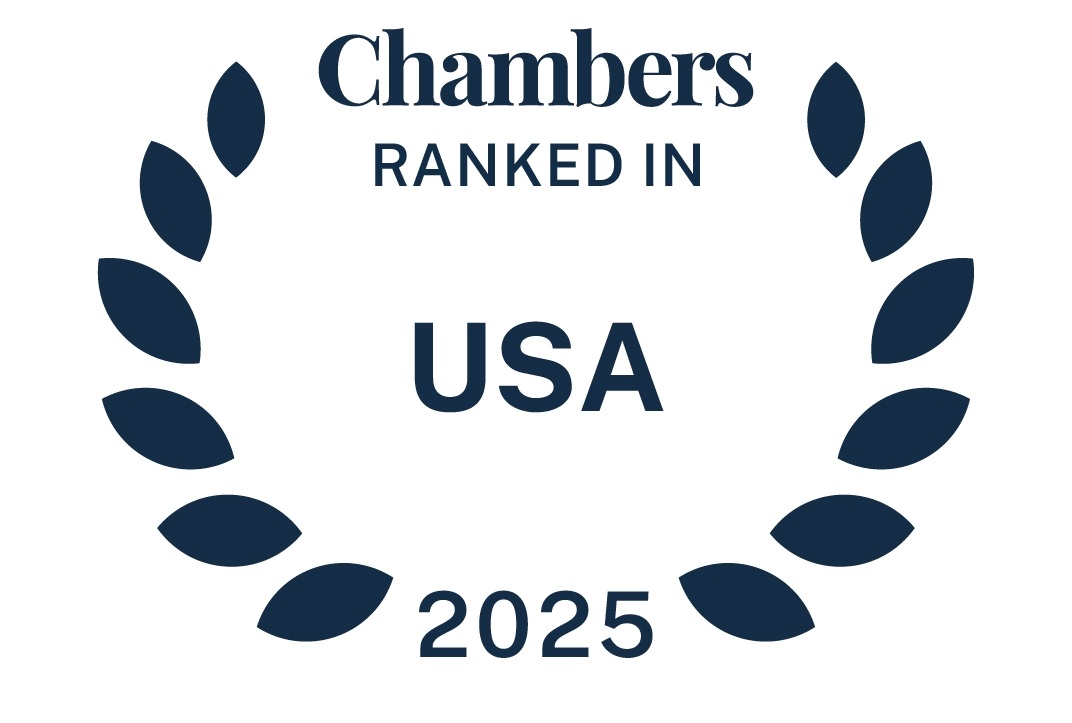On September 30, 2014, the Southern District of New York reconsidered the Commodities Exchange Act (CEA) and Sherman Act claims brought against Louis Dreyfus Commodities B.V. and its affiliates in In re Term Commodities Cotton Futures Litigation, 12 Civ. 5126 (ALC)(KNF) (S.D.N.Y. Sept. 30, 2014). The plaintiffs, cotton futures traders, alleged that the defendants manipulated the price of cotton futures by “unreasonably and uneconomically demanding delivery of certificated cotton in fulfillment of futures contracts,” among other allegations of manipulative behavior. In December 2013, the court denied defendants’ motion to dismiss, and defendants subsequently moved for reconsideration. On reconsideration, the court dismissed plaintiffs’ § 1 claim under the intra-enterprise conspiracy doctrine set forth in Copperweld Corp. v. Independence Tube Corp., 467 U.S. 752 (1984), but declined to dismiss the CEA or § 2 claims.
The court began its analysis by emphasizing the narrow holding of Copperweld. It noted that Copperweld’s holding was limited to the relationship between “a parent and its wholly owned subsidiary”; where the relationship between two conspirators is anything less than complete ownership, lower courts “must draw from the analysis in Copperweld without the benefit of a bright line rule.” Cotton, 12 Civ. 5126 at 6-7. While the court rejected an interpretation of the intra-enterprise conspiracy doctrine that “Section One claims are not viable where the only named coconspirators are a parent corporation and its subsidiaries” as an overstatement of the law, it did not go so far as to hold that the doctrine only applies to parents and their wholly owned subsidiaries.
The five defendants in Cotton were all related through a web of parent-subsidiary relationships. The plaintiffs did not specify whether each subsidiary was wholly owned, or clearly plead the nature of the defendants’ relationships. The court held that, viewing the allegations in the light most favorable to the plaintiffs, it could not conclude that the allegations supported “a reasonable inference that Defendants ha[d] ‘separate corporate consciousnesses.’” Cotton, 12 Civ. 5126 at 10. For the defendants that were not wholly owned by other defendants, “the allegations portray[ed] the other Defendants as having ‘ownership’ and ‘control over’ them and giving ‘directions to’ them. Nothing in the [complaint] demonstrate[d] a rational possibility that Defendants were ‘previously separate and competing entities [that combined] to act as one for their common benefit.’” Id.
Regarding the § 2 claim, defendants argued that the court should apply the pleading standards for predatory pricing claims established by the Supreme Court in Weyerhaeuser Co. v. Ross-Simmons Hardwood Lumber Co., Inc., 549 U.S. 312 (2007). The court disagreed and concluded that Weyerhaeuser was inapplicable to these facts because the case did not present a classic predatory bidding scheme. Due to the procedural posture of the case, the court did not discuss any additional issues related to defendants’ alleged monopolization. Though it did not dismiss the § 2 claim, the court noted “the delicate factual balance in which Plaintiffs’ remaining claims hang” and granted defendants leave to move for summary judgment before the plaintiffs could [...]
Continue Reading
read more


 Subscribe
Subscribe
